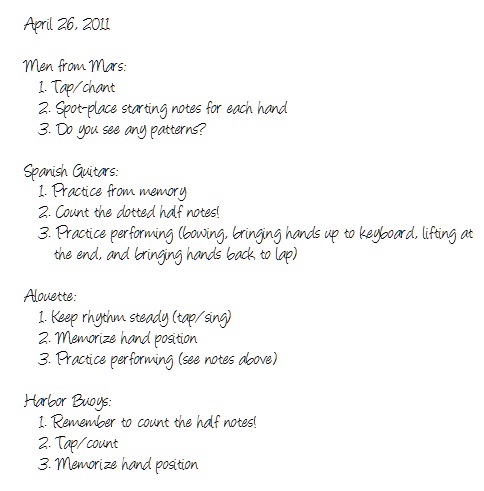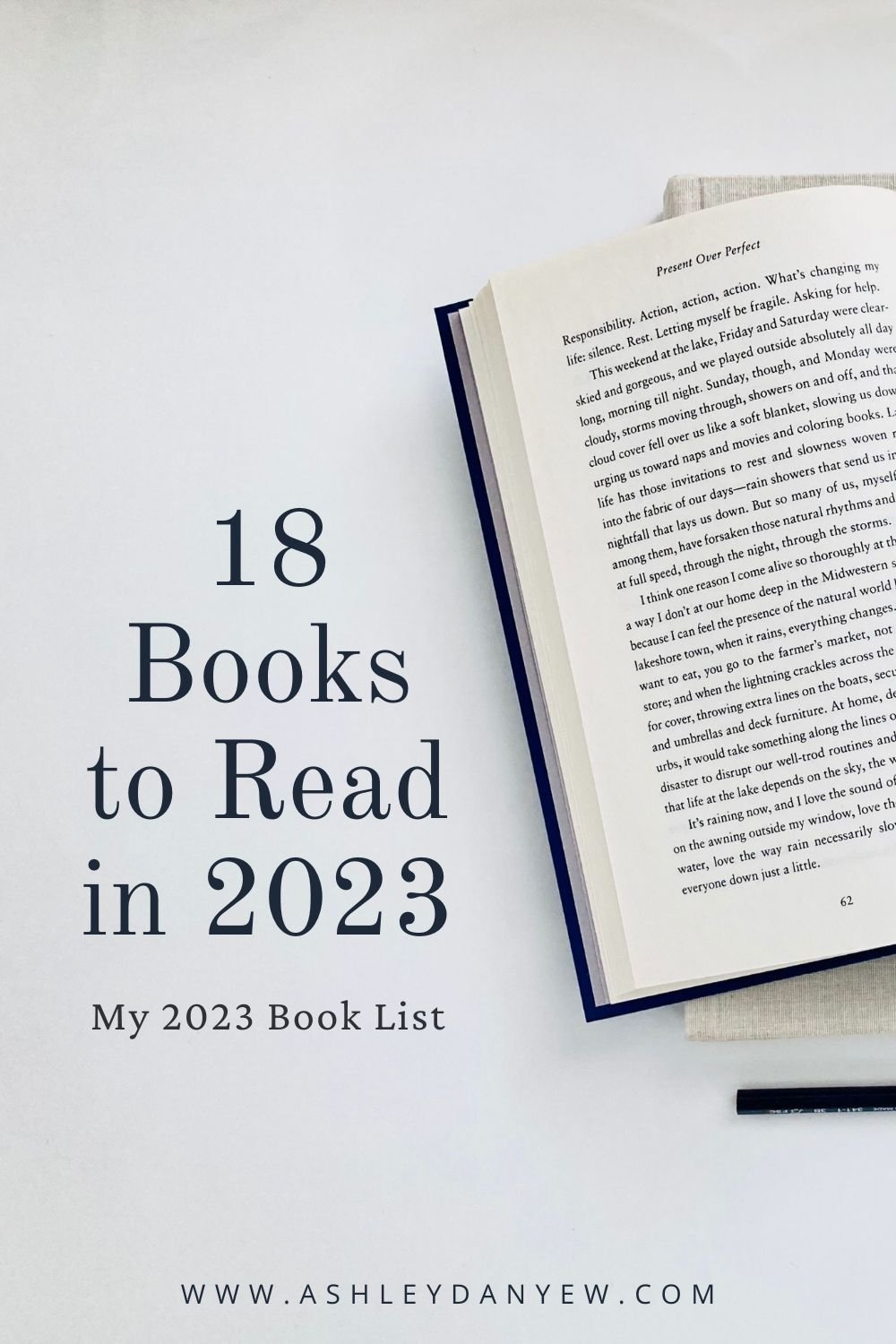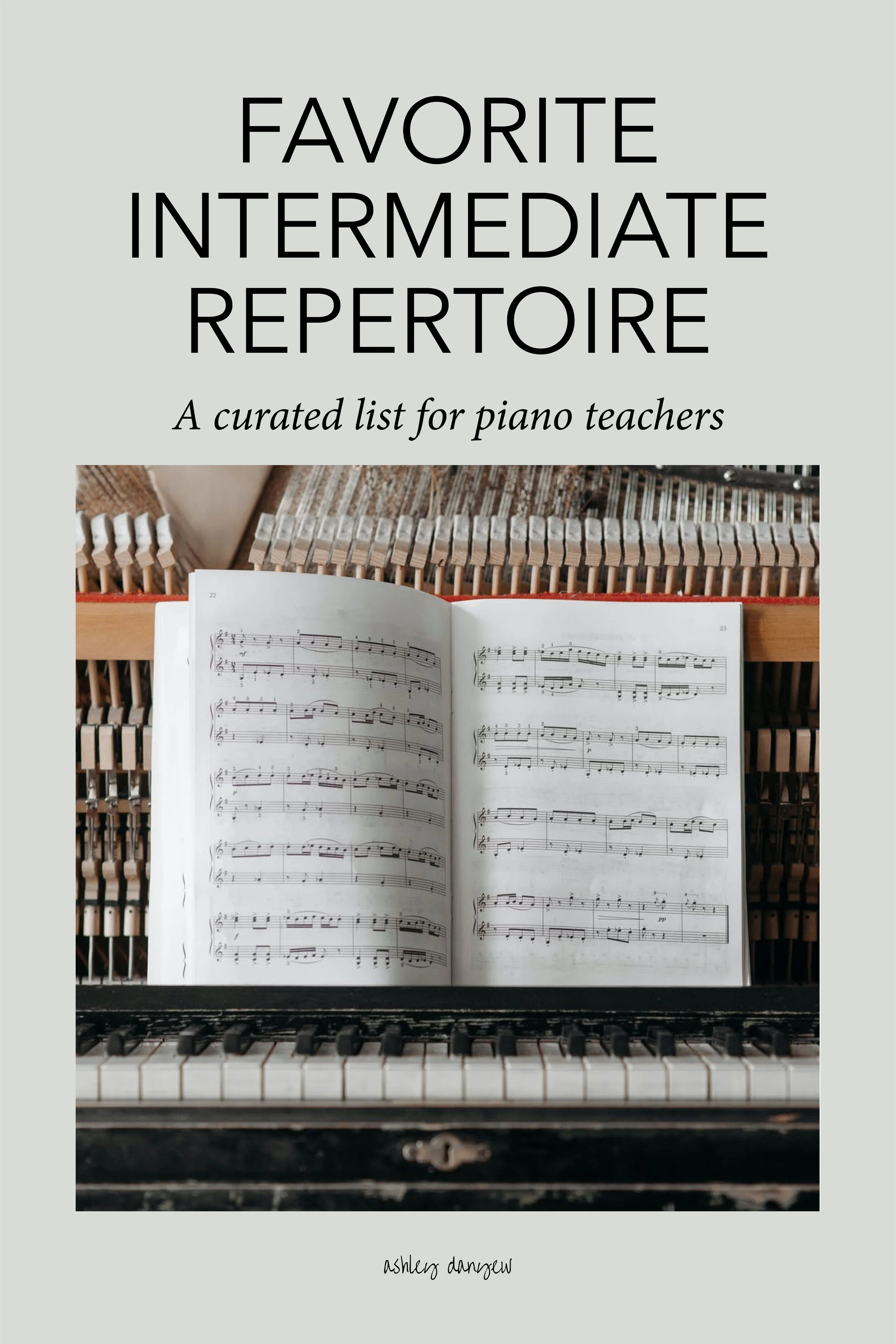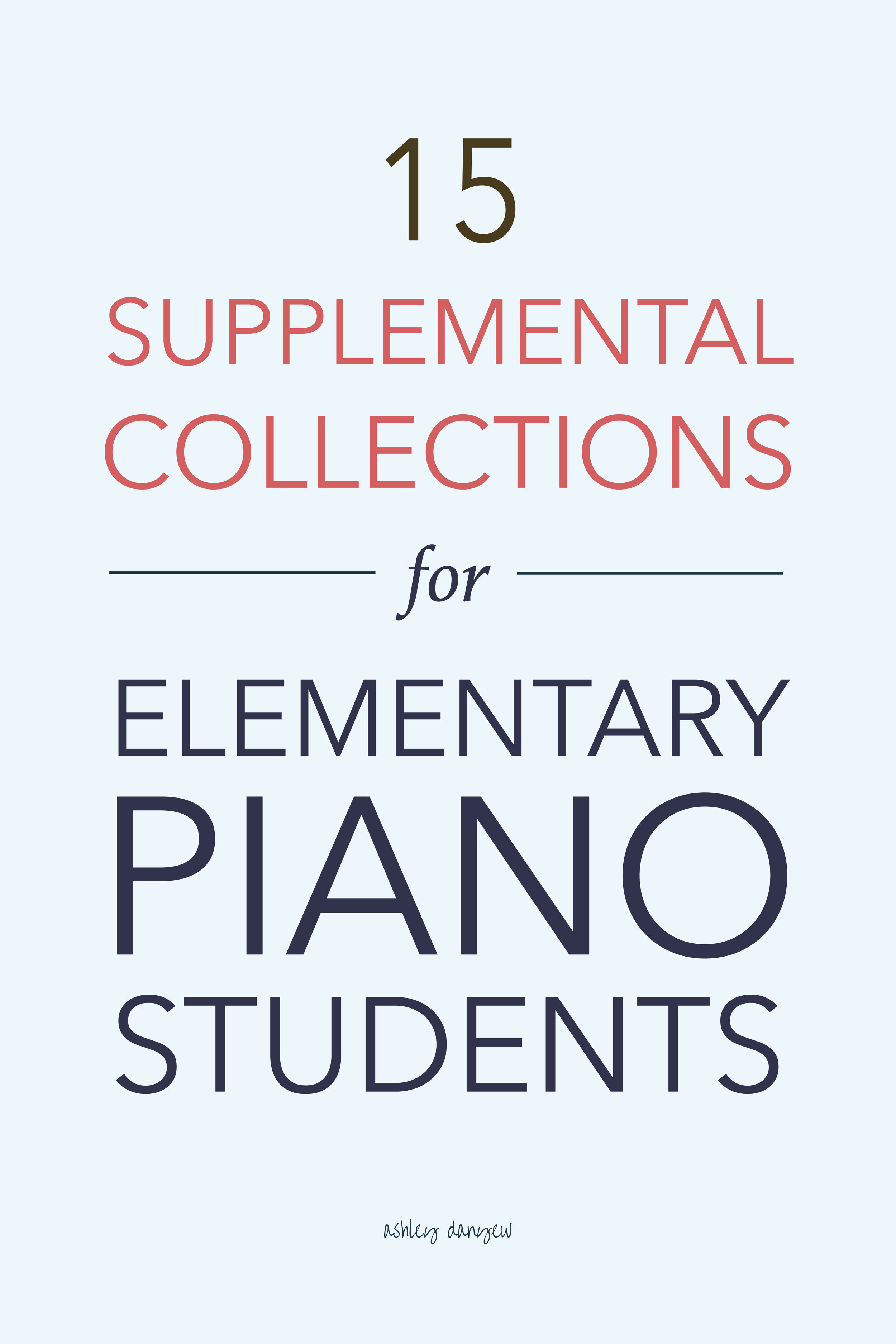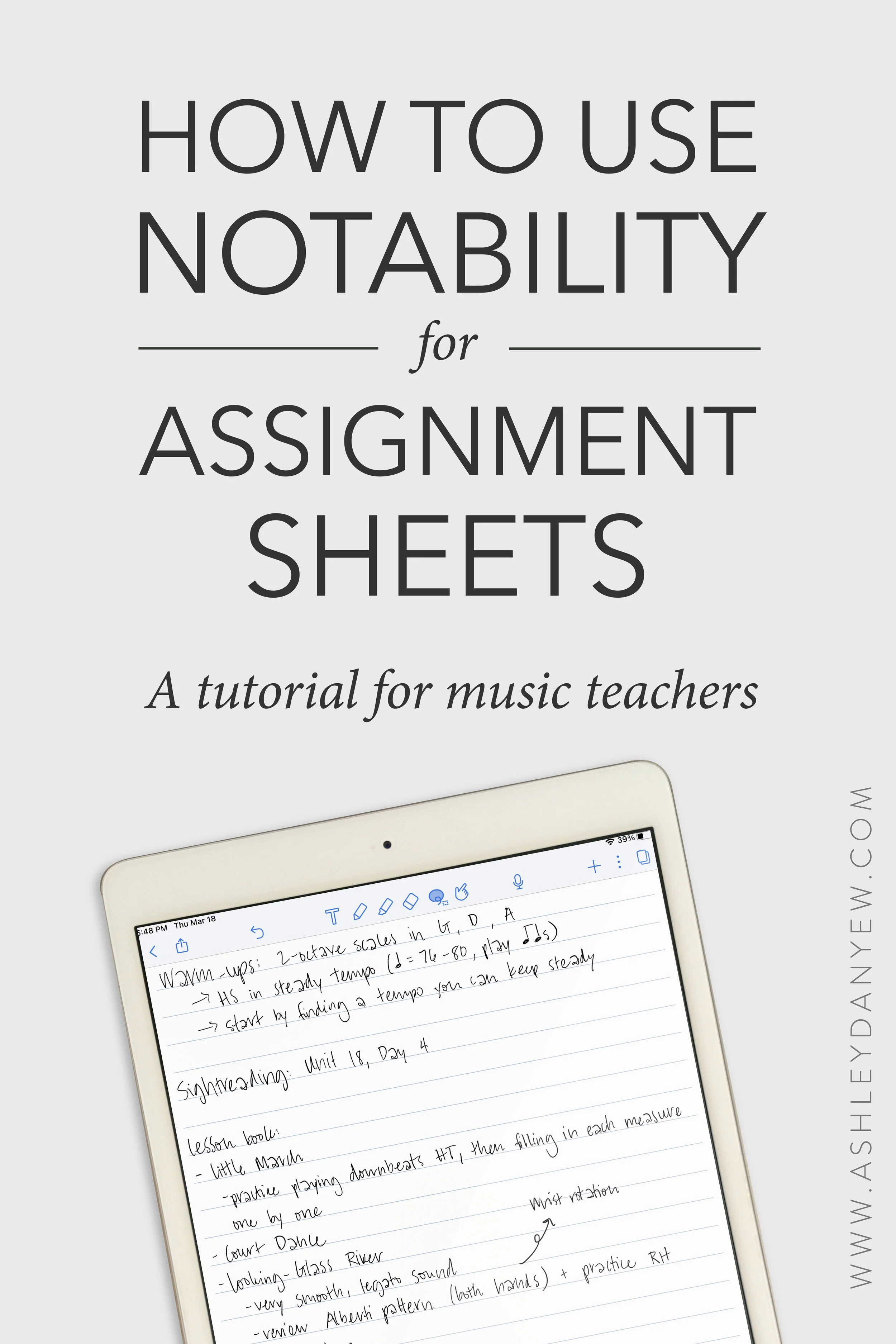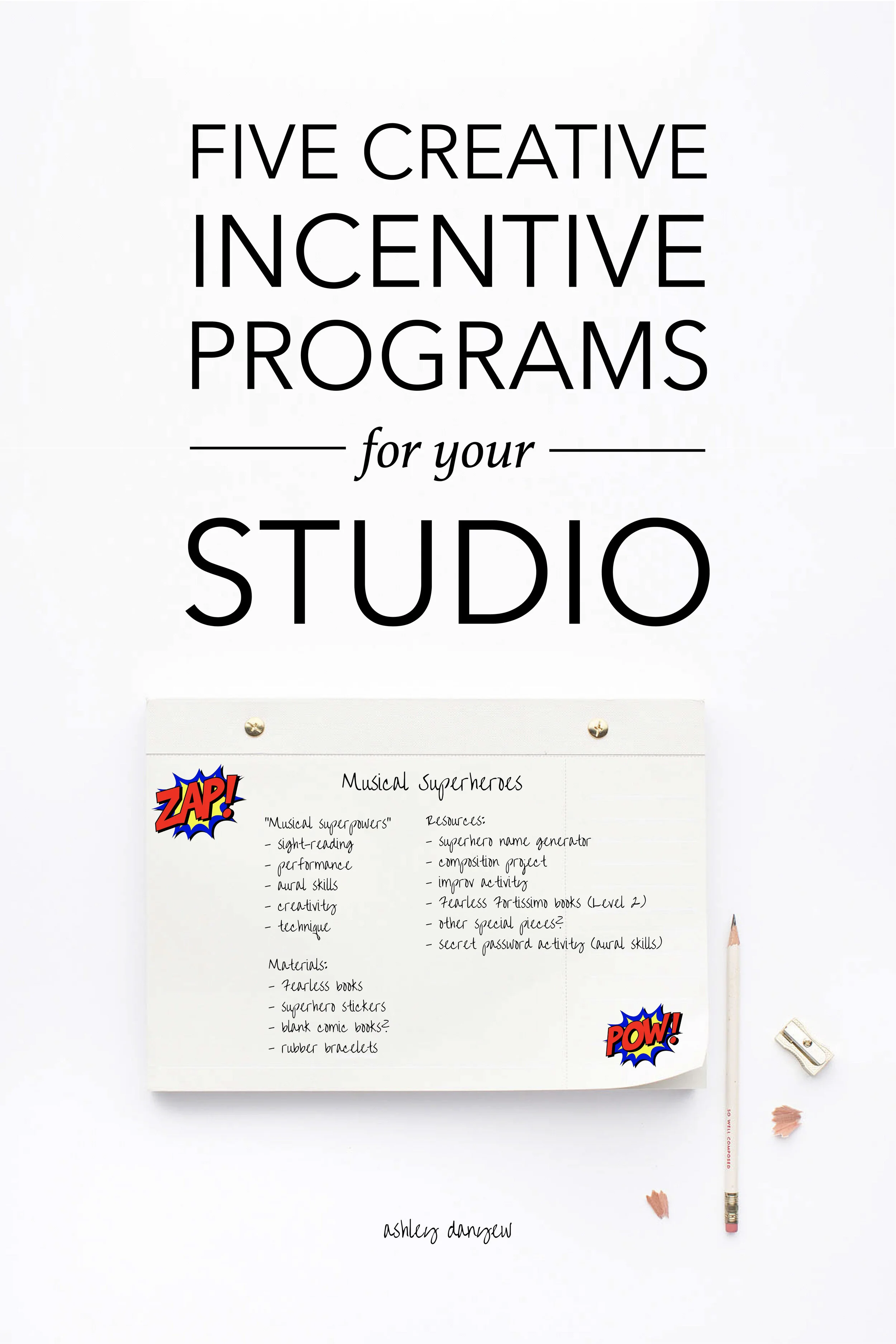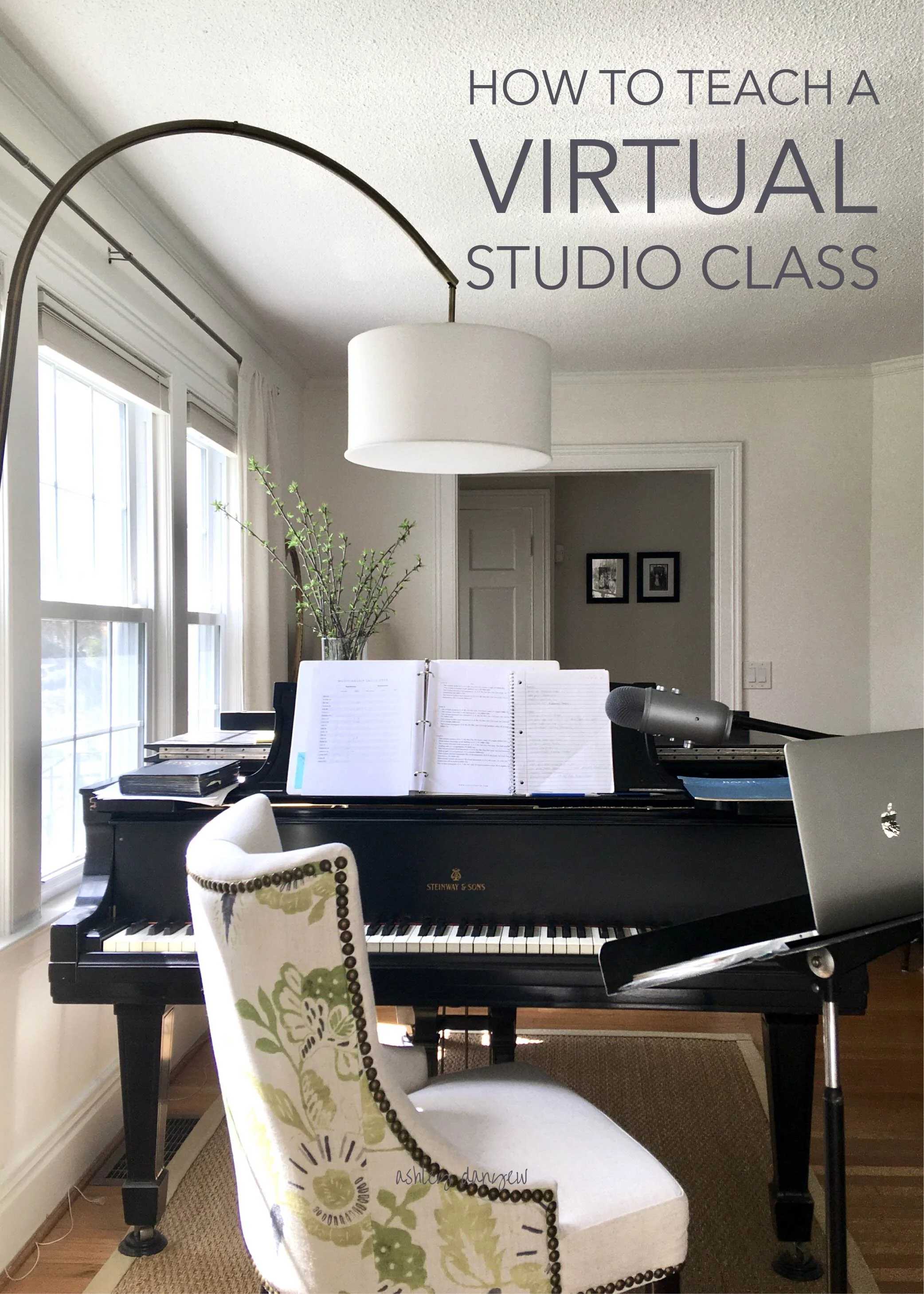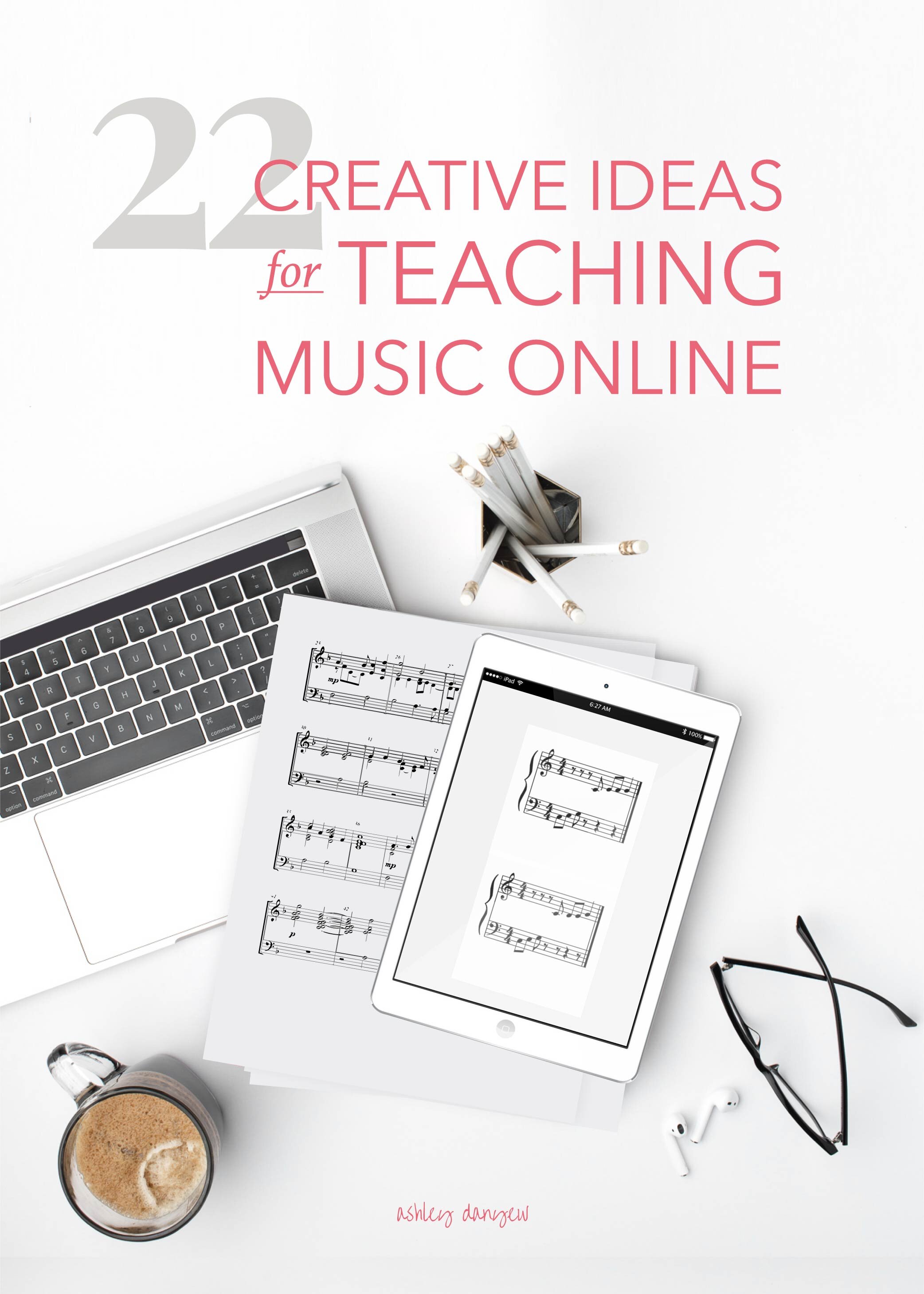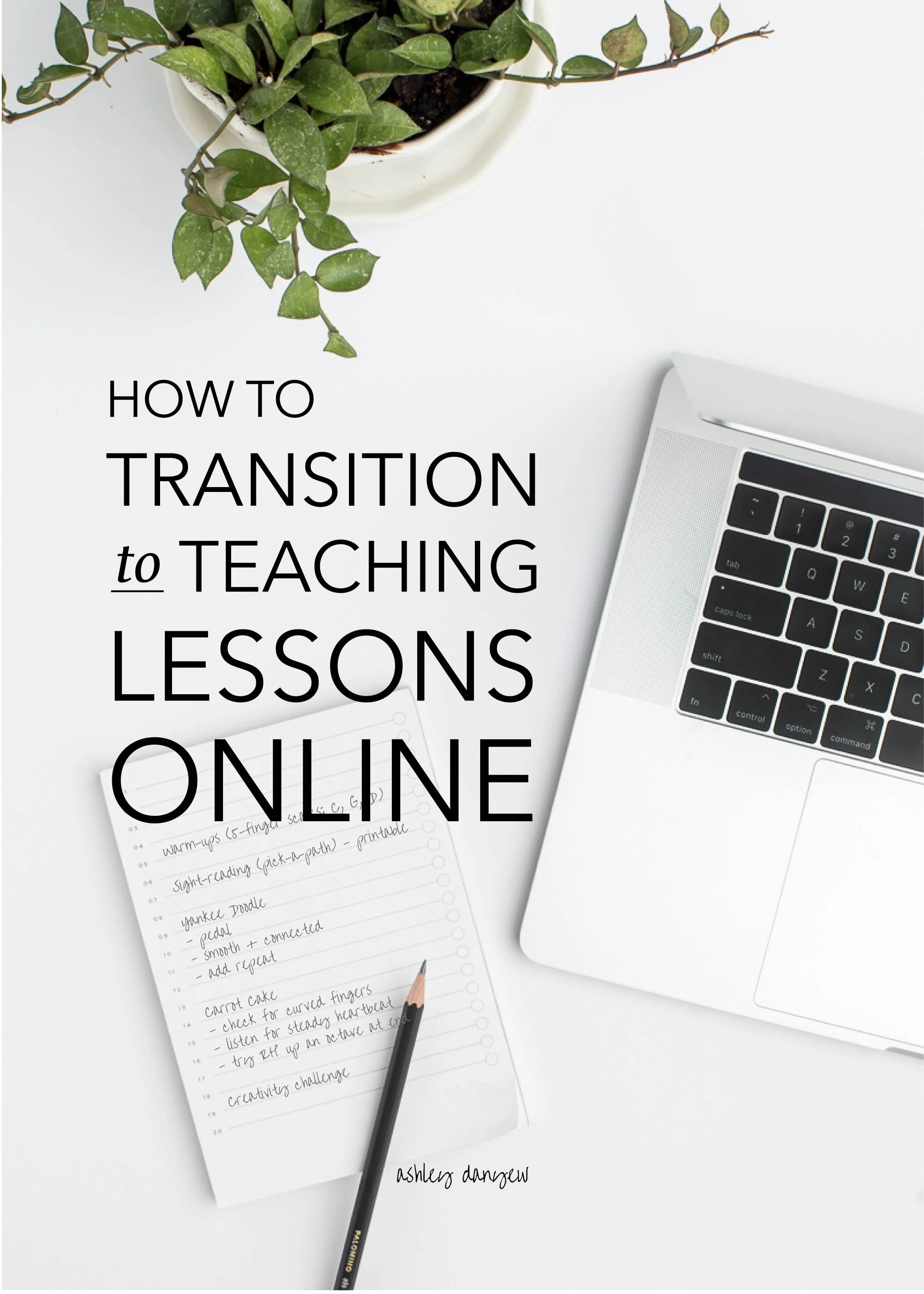You're probably wondering, "What happened after that post about becoming an adjunct back in August? How were the classes?" Well, I'm back with a full year of college teaching experience under my belt and four classes (two each semester) on my resume. But that's not enough for me. I want to know what I can improve, how I can teach more effectively, and how the students perceived the class. What better way to get this feedback than by creating an end-of-the-semester assessment! (Dorky, I know.) The university does a course assessment at the end of each semester; however, I as a teacher did not receive this feedback until FOUR MONTHS into the next semester! My solution: Create my own one-page assessment to give to students on the same day as the university assessments. I had two envelopes - one for me and one for the university. This way I get instant results... and feedback from the school in about four months.
I asked the following questions about the course itself:
1. Please state your reason(s) for taking this course (i.e. elective, interest, minor) 2. Did you have any prior experience with the piano prior to taking this course? 3. Please describe your favorite aspect of this course 4. How can this course be improved in the future? 5. Did this course meet your expectations?
Then I asked students to rate my teaching effectiveness (5-point scale: 1-Strongly disagree, 2-Disagree, 3-Neither agree nor disagree, 4-Agree, 5-Strongly agree)
1. Demonstrates commitment to each student's progress 2. Seeks a good, working relationship with students 3. Selects appropriate material for learning new concepts 4. Establishes a welcoming learning environment 5. Introduces new concepts in a clear manner 6. Demonstrates enthusiasm in teaching 7. Addresses technical challenges and works to resolve them 8. Presents an extensive knowledge of musical style 9. Introduces music theory concepts in a clear manner 10. Establishes strategies for effective practicing 11. Respects the needs and goals of the student 12. Prepares and encourages students for and in performance 13. Manages class time effectively 14. Approachable; open to communication
I had 11 students submit responses. Here are the results:
Course Assessment Question #1: Almost half stated, "Interest in improving piano skills;" about a third said, "Elective;" and only one indicated "Humanities requirement."
Question #2: Five said, "Yes;" six said, "No."
Question #3: One indicated, "Sheet Music;" one said, "How we were tested;" five students said either, "Playing the piano," or "Learning how to play;" one said, "Learning how to read music;" one said, "All of it;" and one said, "Being able to make constant strides in the understanding of the piano and how to play it."
Question #4: One commented, "Better classroom;" four students said, "More class time," or "Meet more times per week;" two had no suggestions for improvement; one suggested, "Instructor play more;" and two said, "Spend more time on important lessons rather than going at such a fast pace."
Question #5: All students responded, "Yes."
Teacher Assessment #1 - Six students said, "5-Strongly agree;" five said, "4-Agree" #2 - Ten students said, "5-Strongly agree;" one said, "4-Agree" #3 - Nine students said, "5-Strongly agree;" two said, "4-Agree" #4 - Seven students said, "5-Strongly agree;" four said, "4-Agree" #5 - Eight students said, "5-Strongly agree;" two said, "4-Agree;" one said, "3-Neither agree nor disagree" #6 - Six students said, "5-Strongly agree;" five said, "4-Agree" #7 - Five students said, "5-Strongly agree;" five said, "4-Agree;" one said, "3-Neither agree nor disagree" #8 - Ten students said, "5-Strongly agree;" one said, "4-Agree" #9 - Six students said, "5-Strongly agree;" five said, "4-Agree" #10 - Nine students said, "5-Strongly agree;" two said, "4-Agree" #11 - Nine students said, "5-Strongly agree;" two said, "4-Agree" #12 - Eight students said, "5-Strongly agree;" three said, "4-Agree" #13 - Eight students said, "5-Strongly agree;" three said, "4-Agree" #14 - Ten students said, "5-Strongly agree;" one said, "4-Agree"
I was pretty pleased with the results! The answers to these questions are so helpful in my future course-planning. I can self-evaluate all semester but in the end, it's the student opinion that matters the most.
If you made it this far, thanks for bearing with me! I not only survived my first year of college teaching, I learned a great deal! Looking forward to more opportunities like this in the future.
 It all started with the Kitchen Aid. That's right. I am the very proud owner of a Kitchen Aid mixer. Our very first wedding present! (Am I breaking a rule by using it before the wedding?) I saw a very creative packaging idea on Pinterest (here) and thought it would be just perfect for an end-of-the-year choir gift.
It all started with the Kitchen Aid. That's right. I am the very proud owner of a Kitchen Aid mixer. Our very first wedding present! (Am I breaking a rule by using it before the wedding?) I saw a very creative packaging idea on Pinterest (here) and thought it would be just perfect for an end-of-the-year choir gift.







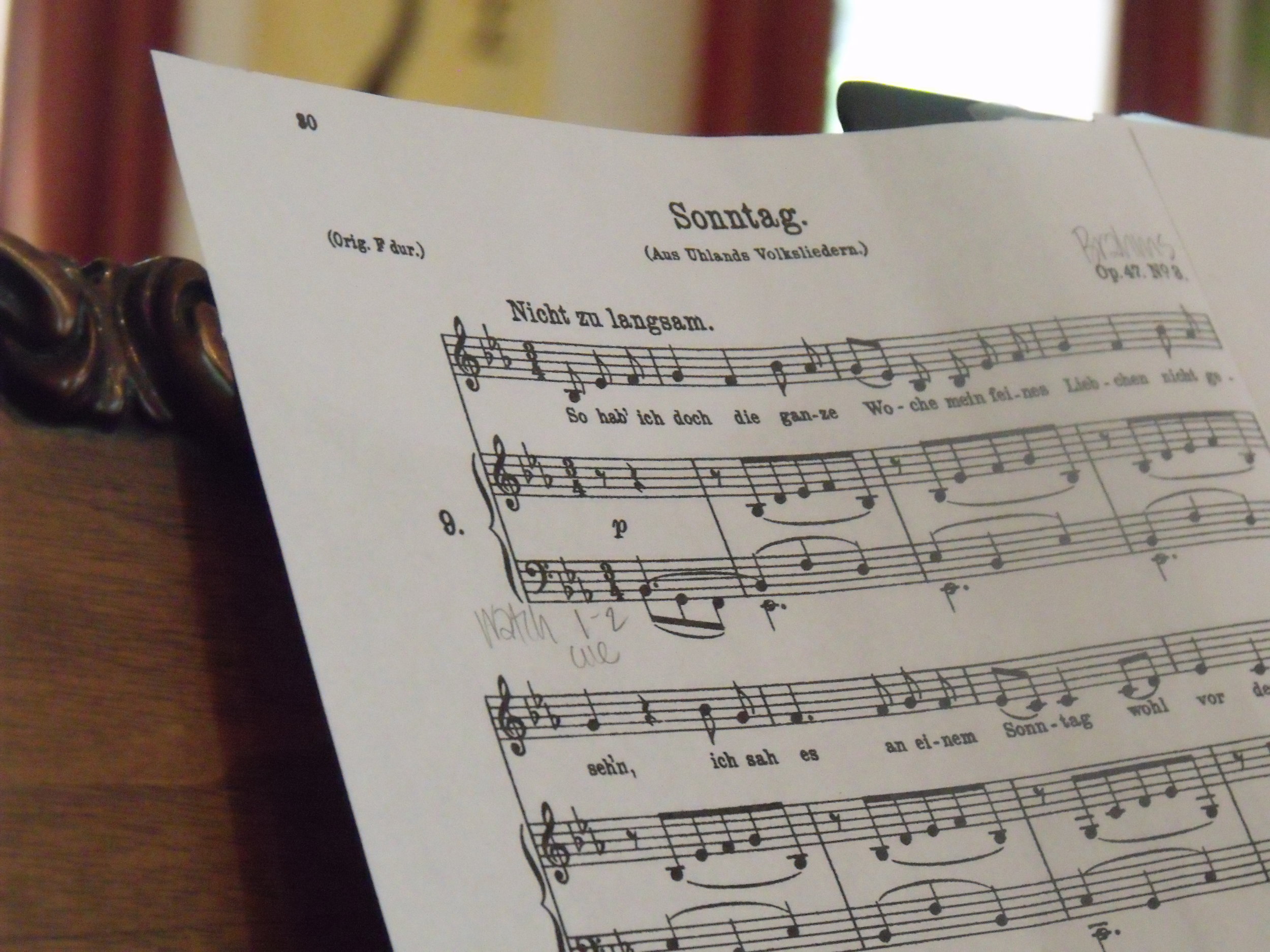 This past weekend, Steve and I held a joint studio recital (our first!) at the church. We had almost a dozen students sign up to participate and we've spent the past several weeks of lessons trying to prepare them to perform (for many, this was a first).
This past weekend, Steve and I held a joint studio recital (our first!) at the church. We had almost a dozen students sign up to participate and we've spent the past several weeks of lessons trying to prepare them to perform (for many, this was a first).
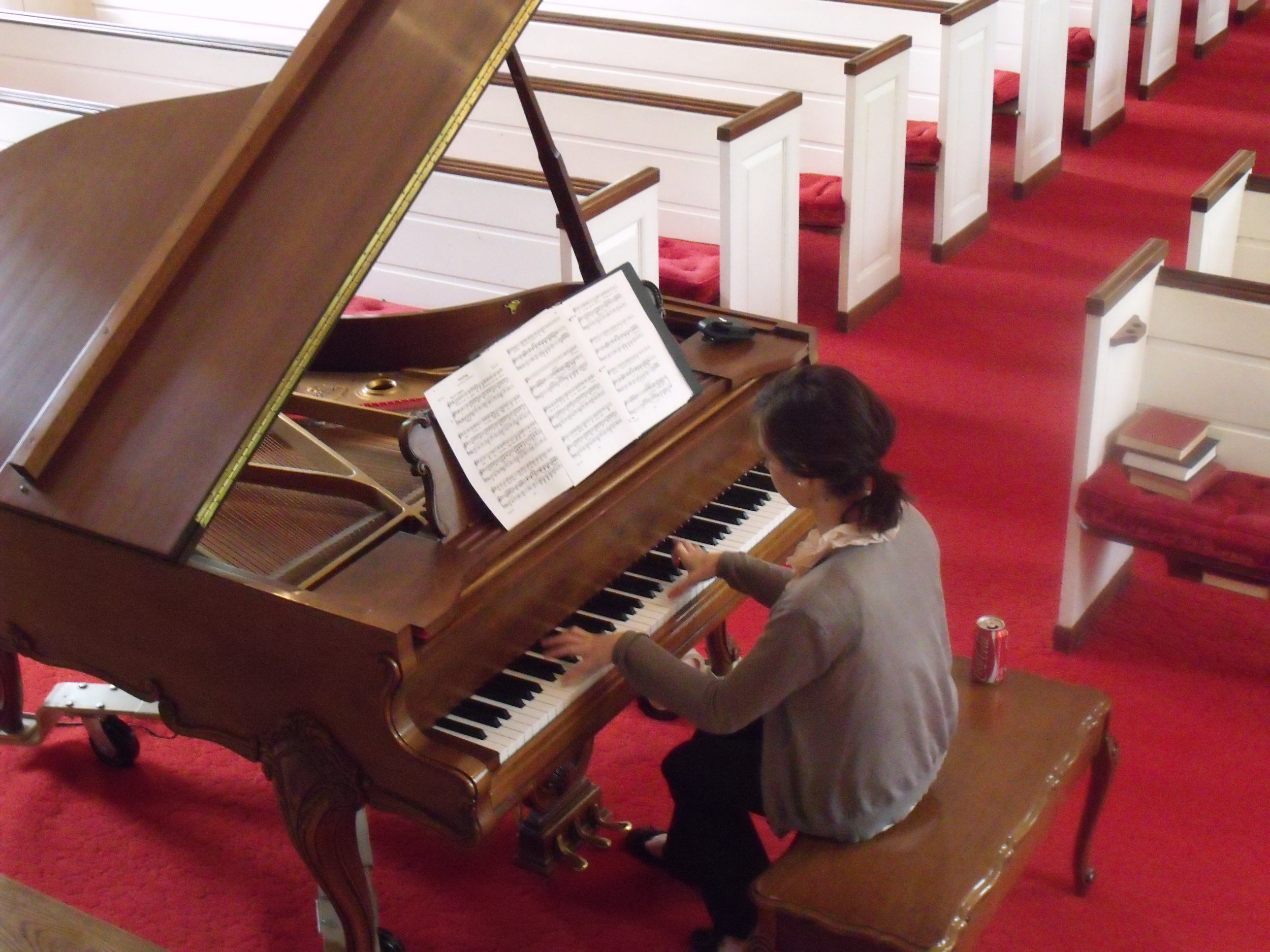
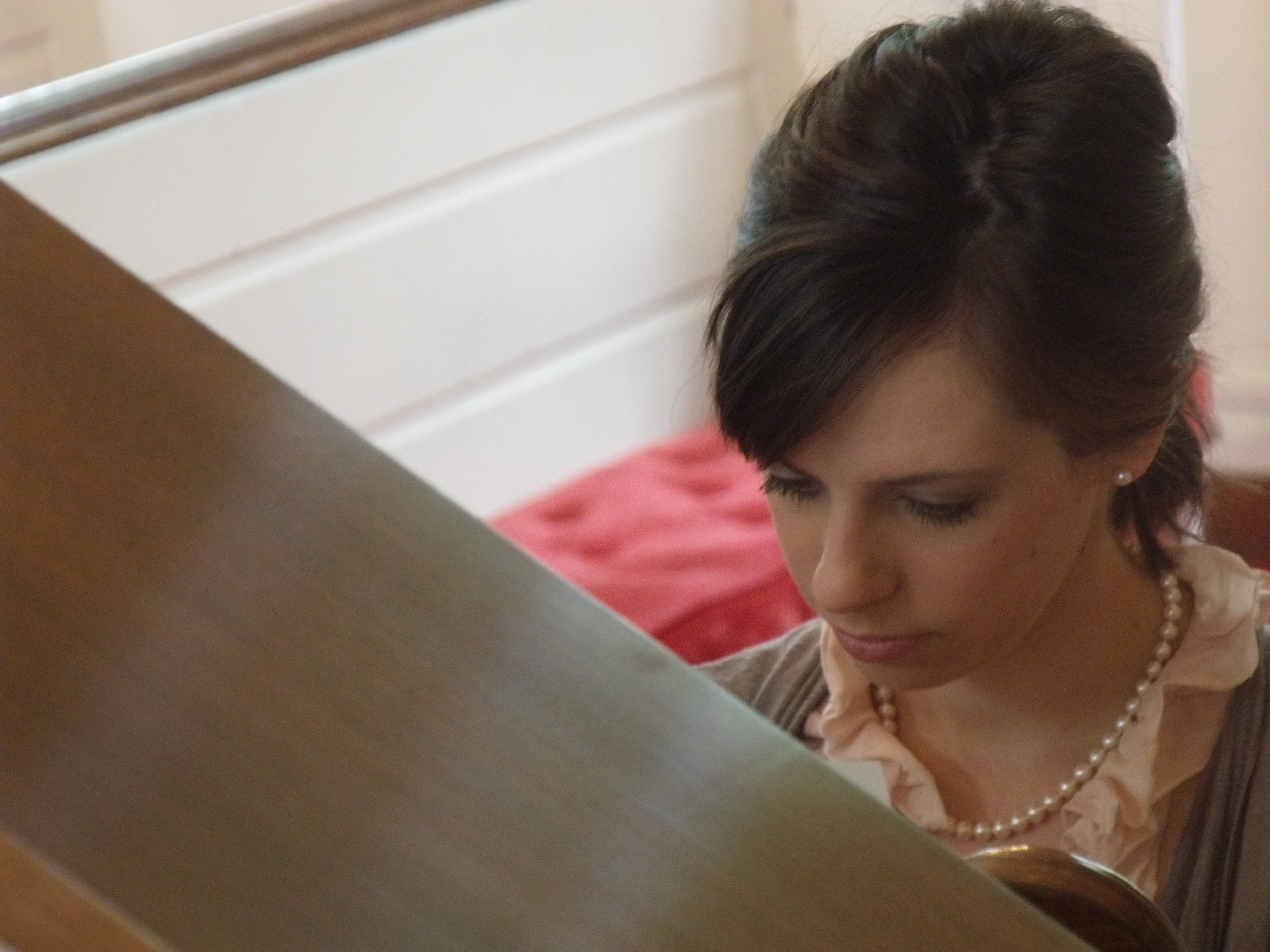
 We're starting a chamber music workshop this summer! Keywords: FREE, concert series, local, great music, June 20-25, cookies and punch!
We're starting a chamber music workshop this summer! Keywords: FREE, concert series, local, great music, June 20-25, cookies and punch!
 Remember my posts from a few months ago titled, “The Art of Song”? Well, just in case you don’t, you can catch up
Remember my posts from a few months ago titled, “The Art of Song”? Well, just in case you don’t, you can catch up 